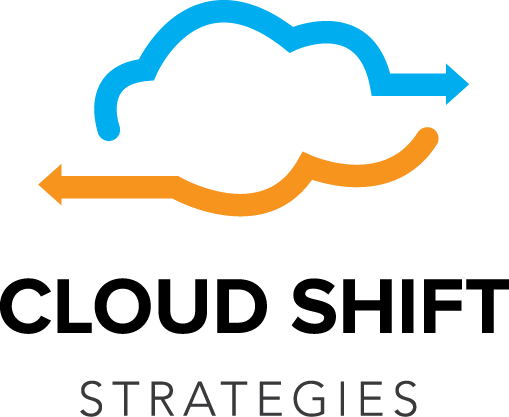There are times when Cloud Shift brings up the topic of tiered storage with a client that someone rolls their eyes. To be honest, it’s hard to blame them. Many of them struggled for years to implement on two or three tiers of storage on-premises. To suggest they can now successfully implement tiered storage in AWS S3 naturally evokes some skepticism on their part.
Storage Tiering Skepticism Born of Experience
Their skepticism stems from their difficulties associated with implementing it on-premises. For example, to place the right data on the right storage tier, they must first have multiple storage tiers in place. To acquire these tiers incurs cost and can become capital intensive.
They must also have policy-based data management software in place that tracks data access patterns and usage. Based upon those policies, it then moves that data to the appropriate storage tier. This software adds to the complexity due to the time it takes to set up and administer plus there is a cost to acquire it.
However, most of our clients avoid on-premises storage tiering since it comes with no cost savings guarantees. The cost delta between on-premises storage tiers coupled with its administrative overhead makes achieving any real savings an iffy proposition. This prompts our clients to only implement on-premises storage tiering in a limited fashion, if they do it at all.
AWS S3 Storage Tiering: All the Benefits, None of the Headaches
Their past experiences with on-premises storage tiering immediately puts them on edge when we discuss one of AWS S3’s biggest benefits: storage tiering.
To address their concerns, we encourage them to view AWS S3’s storage tiering feature from a different perspective perspective. We ask them, “If you could obtain all the benefits of storage tiering without all its associated headaches, would you do it?” They usually say, “Yes.”
We then explain how AWS S3 and its Object LifeCycle Management feature work. AWS S3 offers not one, not two, not three, but six storage tiers, or classes, as AWS refers to them. Each storage tier offers different levels of performance (milliseconds to hours) and availability (99.5 – 99.99%). All AWS storage classes provide eleven 9’s of data durability which guarantees data integrity on all storage tiers.
To gain access to these storage classes, our clients only need to store their data on AWS S3. Once stored there, they can apply lifecycle policies to their data that migrates or transitions their data to these different storage tiers. AWS S3 makes all these storage classes available at no extra charge and without any upfront capital costs.
It’s Like Storage Tiering for Dummies
AWS S3 rewards its companies for using its Lifecycle Management policy features. Cloud Shift encourages its clients to use this feature. We have successfully trained individuals, to include those only have basic computer skills and knowledge, on how to implement them.
Our clients can, in as few as three steps, create a policy to place data on any AWS S3 storage tier. Using AWS’ wizard-like interface, they set apply a policy to a folder (called a bucket in S3) or a specific file (called an object in S3.) If they apply the policy to a folder, AWS applies it to all data in that folder and the folders underneath it.
Once they create the policy, AWS S3 applies that policy to both existing and new data and takes the appropriate actions on it. These actions can include migrating, or transitioning, data to the appropriate storage tier as well as deleting expired files.
Cha-ching
Here’s where the cost savings really start to show up. Aside from free access to the Lifecycle management feature, our clients start out by storing data on S3’s standard storage tier. This tier only costs about two cents per GB per month and tends to decrease year over year.
However, AWS S3 has very aggressive pricing. Using its LifeCycle Management policies, our clients further lower their storage costs by at least 50% by transitioning some of their data to AWS’s Infrequent Access tier.
Some of our clients have driven their storage costs down by over 75% as compared to storing their data on AWS’ standard storage tier. These clients transition their data to AWS’ Glacier Deep Archive Storage which costs about 1/100th of a penny per GB per month.
Get Rewarded for Good Behavior
Companies have known for years, if not decades, that they have over-provisioned and overspent for on-premises storage. However, to date, the cure has been worse than the disease. Companies had to invest a great deal of capital and time in the hopes that they might get a return on investment. Rather than taking that risk and being punished for their good intentions, they did little or nothing at all
Our clients have found that AWS S3 and its Lifecycle Management policies change the story around storage tiering. They can implement it easily. It does not require any upfront investment. They do not put the integrity of their data at risk. In short, our clients can finally, confidently implement storage tiering knowing that they will reap the rewards of their good behavior.
Connect With Us
Your privacy is very important to us. We'll never share your contact info with anyone.
6311 Ames Ave Unit #154 Omaha, NE 68104
1 (844) 306-2136
info@cloudshift.cc

